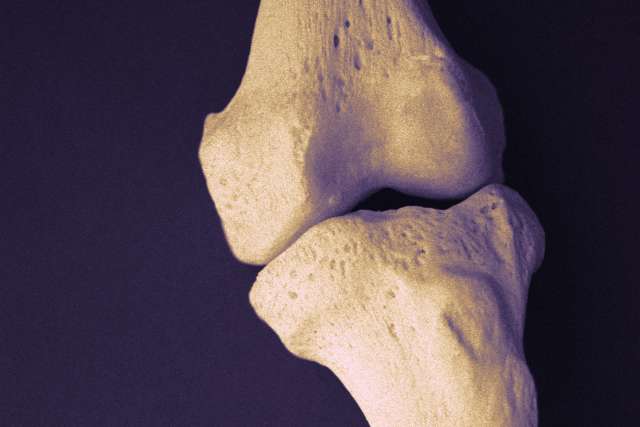Dear Doctors: I’d like information about meniscus tears. I am a 59-year-old active woman, and I just tore my meniscus in two places. I also have osteoarthritis. I'm told that surgery is no longer recommended. Is this correct? What can be done?
Dear Reader: To talk about the meniscus, we should start with the knee joint. It connects the femur, or thigh bone, to the tibia, which is the shin bone. Thick bands of fibrous connective tissue, known as ligaments, join the two bones. The bones themselves are tipped with cartilage, a smooth and springy connective tissue that reduces friction in areas where bone meets bone and serves as a shock absorber.
And that's where the meniscus comes into play. It's a wedge-shaped arc of cartilage tucked between the femur and tibia. Each knee joint actually has two -- the plural is menisci. The one on the inner side of the knee is known as the medial meniscus, and the one on the outer side is the lateral meniscus. They help support the knee and provide additional stability and cushioning.
Twisting or rotating the knee with enough force, particularly when the foot remains planted in place, can injure the meniscus. So can direct impact to the knee or strain caused by rising from a sitting or squatting position. The tissues of the meniscus can gradually wear down over time, and they can become weakened by the inflammatory effects of autoimmune conditions, such as osteoarthritis.
Damage to the meniscus can range from minor, such as a strain, sprain or small tear, to quite severe. This includes horizontal splits, longitudinal tears or even complete detachment. Most injuries to the meniscus will cause knee pain, stiffness and swelling. There is often a sensation of something catching inside of the knee. When the damage is severe, movement becomes difficult or impossible. Popping sounds within the knee are often audible.
Diagnosis is via a physical exam. Imaging tests may be used to visually assess the soft tissues of the knee and to exclude other possible causes for the symptoms. Treatment varies depending on the person's age, activity level and the location and severity of the injury.
A small tear located in the outer portion of the meniscus, which has a robust blood supply, can often heal on its own. But when damage extends to the inner two-thirds of the meniscus, which lacks a significant blood supply, surgical repair can become necessary.
In our practices, we base treatment decisions for a torn meniscus on each patient's individual needs. This includes an assessment of any coexisting health conditions. A patient with a severe tear can have mild pain and choose not to have surgery, while someone with a mild tear but in great pain may need surgical intervention. A young athlete will likely opt for surgical repair, whereas an 80-year-old with poor health status may decline.
Meniscal tears can increase the risk of developing knee arthritis, and perhaps the eventual need for a knee replacement. In our practices, when it comes to meniscus injuries, we treat the patient, not the test results.
(Send your questions to [email protected], or write: Ask the Doctors, c/o UCLA Health Sciences Media Relations, 10960 Wilshire Blvd., Suite 1955, Los Angeles, CA, 90024. Owing to the volume of mail, personal replies cannot be provided.)





